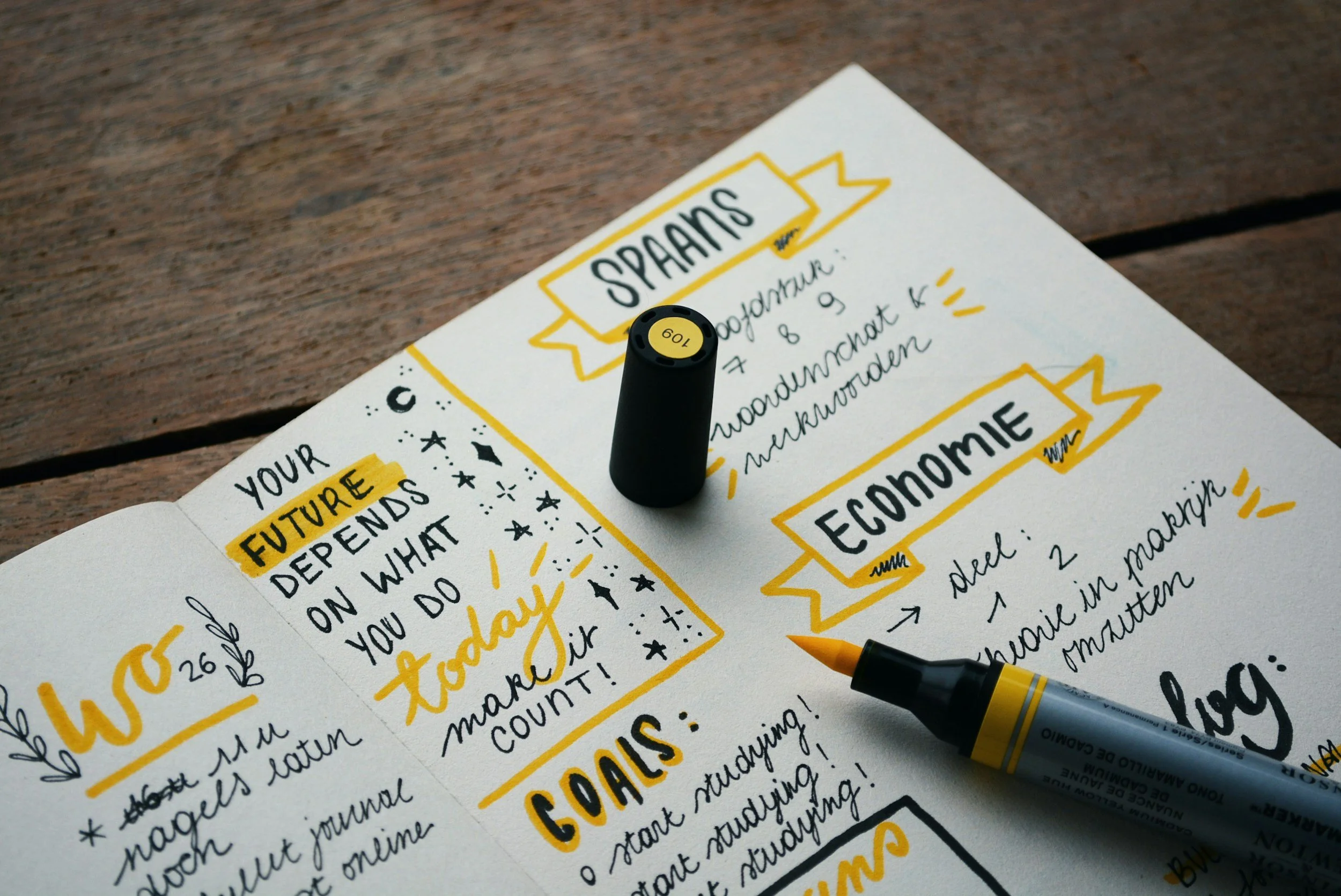
Online Course: Grades 9-12 Career Exploration & Internships

Offering guidance and feedback, no matter the field they choose to intern in.
The Independent Internship Project empowers high school students to explore a career field of their choice through a 30-hour shadowing or internship experience. Students progress through guided reflections, skill-building checkpoints, and creative artifacts that showcase their growth and professional understanding. The course culminates in a final presentation where students synthesize their learning and connect it to future academic or career goals.
The following is a structured, inquiry-driven independent learning project that builds reflection, professionalism, and authentic career exploration skills. I have created creative and scaffolded assignments for the project milestones, each reinforcing reflection, communication, and professional growth as they progress through their 30-hour internship.
Project 1: Pre-Experience Discussion Post
Goal: Students research their chosen field and prepare to shadow/interview professionals.
Assignment: Students answer the following structured questions and put their answers into an online discussion board:
What career or field will you explore, and why did you choose it?
What are the main duties or expectations for someone in this role?
What do you already know about this profession?
What questions do you plan to ask your mentor/supervisor?
How should you dress and behave professionally in this setting?
What ethical, safety, or legal guidelines might apply (especially if you are a minor under 18 years old)?
What do you hope to learn, and how might this experience enhance your college applications or future goals?
Students post their responses and reply meaningfully to two peers.
See the grading rubric here
Project 2: “Through Their Eyes” Reflection (after 10 hours)
Goal: Encourage observation and professional reflection once students have some real-world experience.
Artifact Options:
A Reflective Journal Entry (500–700 words) with prompts below.
A Day-in-the-Life Photo Collage or Infographic showing typical tools, tasks, or workflows (no identifying faces or sensitive information).
A Voice Memo or Podcast Reflection (5-10 minutes).
Prompts/Guiding Questions:
What surprised you most about this field so far?
Describe one challenge you observed and how the professional handled it.
What skills, habits, or tools seem most essential in this career?
How does theory (what you’ve learned in school) connect to what you’re seeing in practice?
What questions have emerged now that you’ve been “inside” this profession?
What do you think makes someone successful in this environment?
Peer Interaction: Students post their artifact and comment on at least one classmate’s insight about skills or challenges.
See the grading rubric here
Project 3: “Growing Professional” Mid-Point Analysis (after ~20 hours)
Goal: Apply critical thinking to their own growth and professional habits.
Artifact Options:
A Professional Skills Matrix — students list skills observed vs. skills practiced and rate their proficiency or comfort level.
A Mini-Interview Summary — students interview their mentor/supervisor with 3–5 professional development questions (e.g., “What advice would you give to your high school self?”).
A Short Blog Post or Journal Article written as if for a school newsletter titled “What I’ve Learned from the Field.”
Prompts/Guiding Questions:
Which skills have you practiced or improved so far?
How have your initial expectations changed since you began?
What professional behaviors have you found most important?
Describe a moment when you felt challenged or inspired.
What advice from your mentor has stuck with you?
What do you want to accomplish in your final 10 hours?
Peer Interaction: Students provide constructive feedback on another peer’s analysis, offering one connection and one question.
See grading rubric here
Final Project Presentation Choices (after 30 hours)
Goal: Students will synthesize their internship experience into a polished final product that highlights their learning, professional growth, and future direction. They will communicate insights gained from real-world practice, connecting classroom knowledge to career readiness through a creative, professional presentation format.
Artifact Options:
1) Live presentation
2) Digital Portfolio or Website Page (e.g., using Google Sites, Canva, or Notion): includes photos, reflections, mentor quotes, and artifacts from each phase.
3) Mini Documentary or Multimedia Story using clips, narration, and visuals (can include screenshots of journals, graphs, or project outcomes).
Each final project should synthesize what they learned, the impact on their future goals, and personal growth. See grading rubric here.


